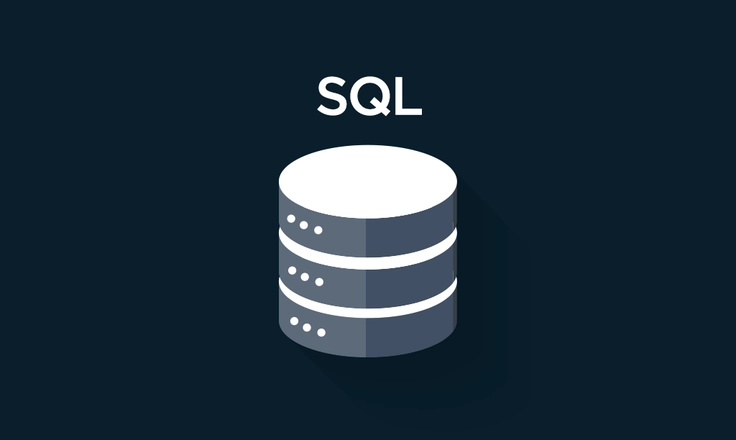
In the technology industry, when products or innovations last for a long period of time, they are often here to stay. SQL is a great example of this – it has been around for over 30 years and is not going away anytime soon. When Eric Frenkiel and Nikita Shamgunov founded SingleStore in 2011, they were confident in choosing the SQL relational model as the foundation for their database. But the database industry during that era was clamoring around NoSQL, lauding it as the next great innovation, mostly on the themes of scalability and flexibility. When SingleStore graduated from Y Combinator, a prominent tech incubator, that same year it was the only distributed SQL database in a sea of non-SQL offerings.
SQL has since proven its ability to scale and meet today’s needs. Business analysts seek easy interfaces and analytics for the problems they are trying to solve. Customers want SQL, and like Dan McCaffrey, VP of Analytics at Teespring, happily cite that as a reason for choosing SingleStore. Dan states: “What I really liked about SingleStore was the ANSI SQL support for dynamic querying needs at scale, in a reliable, robust, easy-to-use database.”
Now, with the reconquista of SQL, we are seeing two funny things happening in the market.
One, companies that monetize the Hadoop Distributed File System are adding layers of SQL on top of the Hadoop platform. Two, NoSQL databases are incorporating SQL. NoSQL databases are essentially key value stores, and adding SQL gives them the ability to do some analytics. However, adding a SQL layer is no substitute for the richness of advanced SQL that was built into the SingleStore database. SQL as a layer is just a band-aid solution.
The Gartner Magic Quadrant for Operational Database Management Systems
The latest Gartner Magic Quadrant for Operational Database Management Systems confirms something we have been championing for a while:
“By 2017, all leading operational DBMSs will offer multiple data models, relational and NoSQL, in a single DBMS platform… by 2017, the “NoSQL label will cease to distinguish DBMSs, which will result in it falling out of use.”
For years, SingleStore has supported both a fully-relational SQL model, and a “NoSQL” model, together in the same cluster of machines. This was a bet made by our original engineering team – they understood the powerful appeal of SQL to business users, but also knew the value of the “NoSQL” model of vast scale. For that reason, SingleStore is multi-model, and databases of the future will need to support multiple operations to survive.
Our co-founders were confident back in 2011, and we remain confident with validation from the market, research firms like Gartner, and most importantly from our customers, that SQL is the path forward. We will continue to hone the SQL aspects of our database and champion the lingua franca of the database world.

To read more about the resurgence of SQL, visit http://readwrite.com/2015/06/02/memsql-eric-frenkiel-interview.










.png?width=24&disable=upscale&auto=webp)


